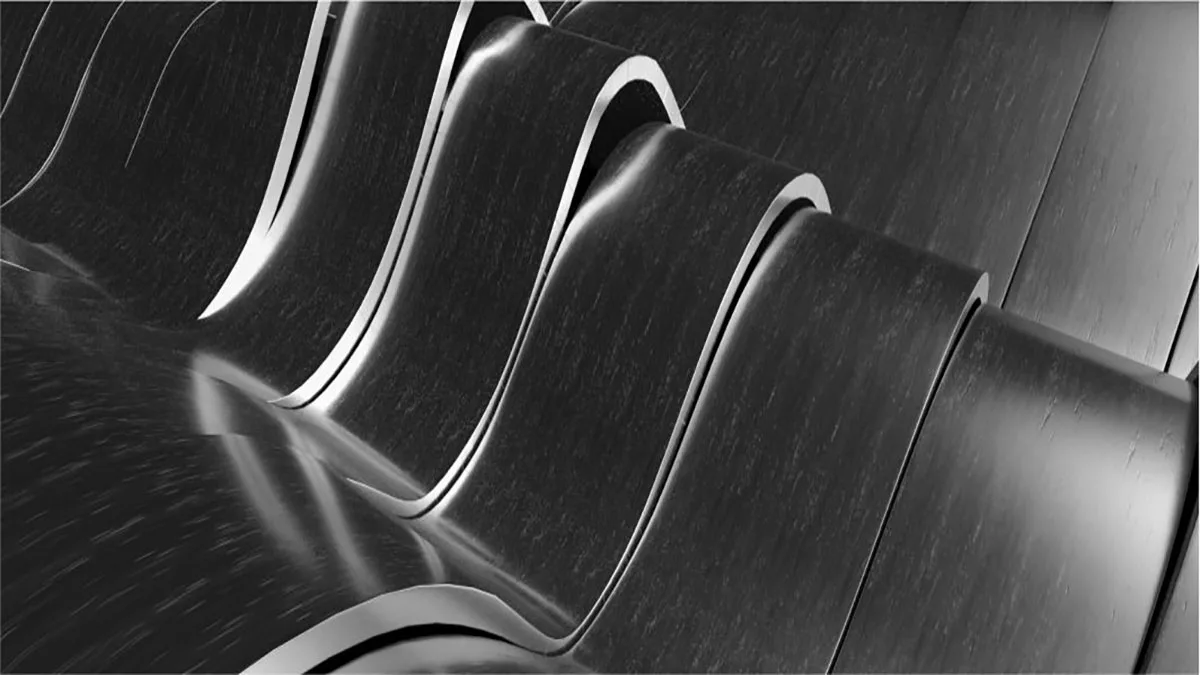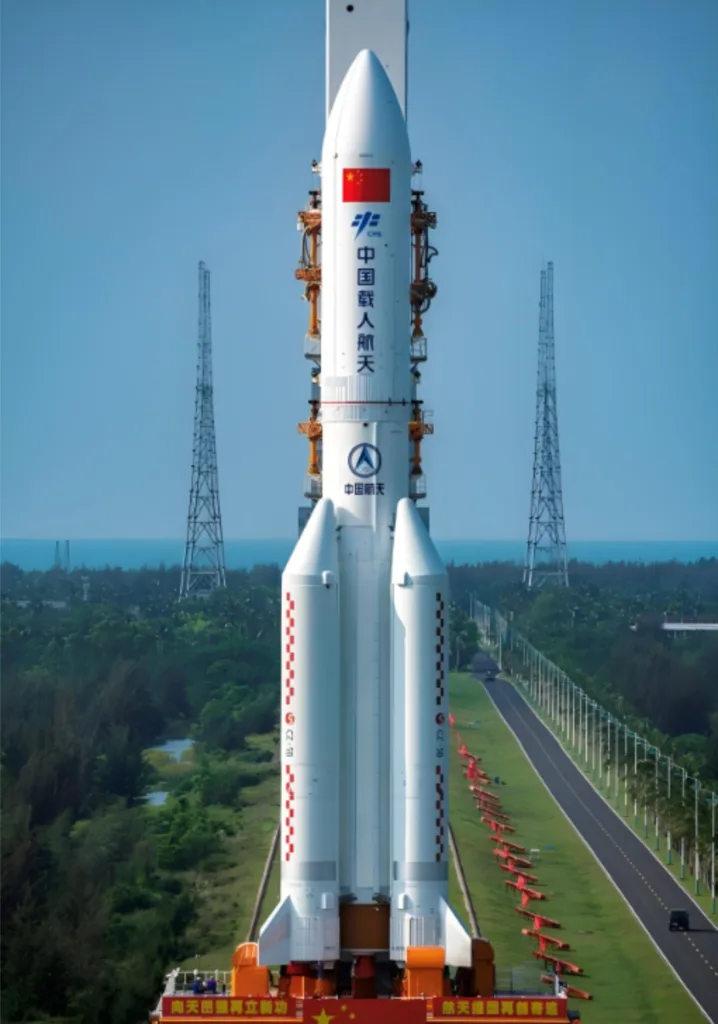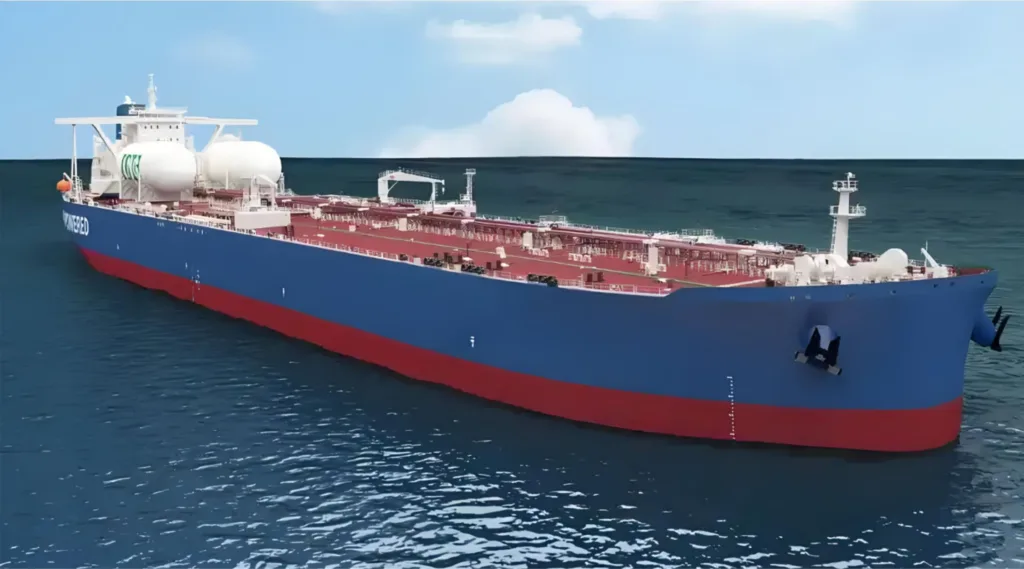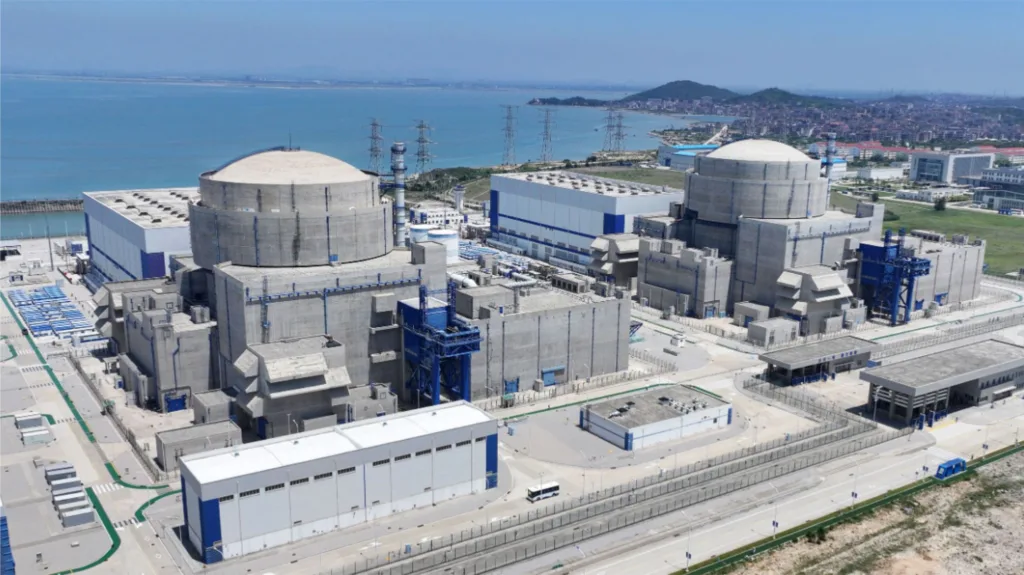
When SpaceX’s Starship rocket pierces the sky, when China’s domestically built aircraft carrier cuts through ocean waves, and when the “Hualong One” nuclear reactor lights up countless homes—behind these awe-inspiring scenes lies an unsung hero of materials science: special steels. Whether enduring the 1800°C exhaust of a rocket, the salt-laden battles waged by massive ships, or the nuclear infernos rivaling the sun’s core, special steels are pushing the boundaries of industrial survival with groundbreaking materials technology.
01 Trial by Fire: The Song of Ice and Fire in Rocket Engines
Inside the combustion chamber of the YF-77 hydrogen-oxygen engine on the Long March 5 rocket, 3000°C high-velocity gas flows at Mach 7, with each square centimeter subjected to pressure comparable to the weight of an African elephant standing on one leg. Ordinary steels would melt like chocolate in such an environment. But China’s aerospace engineers have a secret weapon—Inconel 625 alloy—which can withstand 500 seconds of continuous operation without damage.

As the rocket blasts off with dazzling blue flames, what the public doesn’t see is Inconel 625 enduring 2000 m³/s of supersonic gas erosion inside the injector faceplate. Comprising 61% nickel, 22% chromium, and 9% molybdenum, this superalloy demonstrates remarkable resilience in extreme combustion conditions:
- Nickel’s transformation magic: The γ’ strengthening phase in nickel-based alloys maintains tensile strength of 760 MPa at 1000°C—three times that of construction steel at room temperature.
- Molybdenum’s solid-solution reinforcement: Every 1% increase in molybdenum boosts high-temperature creep life by 15%, enabling engines like the RD-180 to generate 3,900 kN of thrust at sea level.
- Chromium’s oxidation shield: In oxygen-rich environments, Cr₂O₃ oxide films formed by chromium reduce oxidation rates to 1/50 that of standard steels.
Advanced manufacturing techniques such as vacuum induction melting plus electroslag remelting reduce oxygen content below 10 ppm—akin to precision-editing metal DNA. Laser 3D printing allows turbine blades to grow grains directionally along stress lines, improving fatigue life by 300%.
A notable case: SpaceX’s Raptor engine uses a modified Inconel alloy to achieve combustion chamber pressures of 300 bar, setting new records for LOX-methane engines. This success stems from precise micro-alloying with niobium and titanium, extending temperature limits by 150°C.
02 Deep Sea Menace: The Century-Long Battle Between Ship Steels and Chloride Ions
Sailing through the South China Sea, a 300,000-ton VLCC (Very Large Crude Carrier) faces 2.5 kg/m² of salt spray corrosion annually. While conventional marine steels develop pits within three months, 2205 duplex stainless steel endures for 15 years in the same environment—extending service life by 60 times.

On VLCCs navigating the Strait of Malacca, 2205 duplex steel confronts 3.5% chloride-laden seawater in a microscopic “trench warfare.” With 22% chromium, 5% nickel, and 3% molybdenum, its dual-phase microstructure forms a multi-dimensional defense:
The Yin-Yang Balance of Duplex Steel
- Austenite phase (50%): Strengthened with nitrogen to resist crack propagation—a “soft force” akin to Tai Chi.
- Ferrite phase (50%): Molybdenum creates MoO₄²⁻ passive films, forming a “Golden Shield” against pitting.
- Process innovation: Rolling at precisely 950°C ensures the optimal phase ratio for corrosion and strength balance.
- Ferrite’s corrosion fortress: Dense passive chromium films elevate pitting potential to +1000 mV.
- Austenite’s toughness wall: Nitrogen boosts elongation to 35%, absorbing impact from ocean swells.
- Molybdenum’s corrosion sniper: In heat-affected weld zones, Mo₂N precipitates control intergranular corrosion rates to 0.01 mm/year.
In comparative trials, ballast tanks made from 2205 duplex steel showed maximum pit depths of only 0.15 mm after accelerated 20-year corrosion simulations—versus 1.2 mm for 316L. This microscopic difference could determine whether a tanker completes 10 more voyages.
03 Nuclear Inferno: Life-and-Death at the Atomic Scale
3.1 A Test More Extreme Than the Sun
Inside the reactor pressure vessel of the “Hualong One” reactor, 345°C high-pressure water flows at 15 m/s and endures neutron irradiation of 10¹⁹ n/cm². Inconel 690, serving here for 60 years, exhibits dimensional changes of less than 0.1%—equivalent to a length error of just one hair’s width over the distance from Beijing to Shanghai.

In the AP1000 reactor, Inconel 690 withstands 155 bar pressure, 343°C temperatures, and a million hours of neutron exposure. Composed of 59% nickel, 30% chromium, and 10% iron, it embodies the dialectics of nuclear safety materials:
- Grain boundary engineering: Triple annealing reduces random boundaries below 30%, creating a “maze barrier” to radiation damage.
- Chromium migration mechanism: Cr-rich zones form autonomously under irradiation, repairing lattice defects like nano-scale guardians.
- Stress corrosion immunity: 30% chromium lowers open-circuit potential by 200 mV, sealing the “Pandora’s box” of SCC.
- Nickel matrix resilience: Face-centered cubic (FCC) structure limits radiation swelling to 0.1% annually—1/20th that of ferritic steels.
- Chromium’s SCC barrier: In boric acid environments, 30% Cr raises SCC threshold to 25 ksi√in.
- Advanced grain boundary technology: Triple recrystallization raises Σ3 boundary fraction to 75%, cutting intergranular corrosion sensitivity to 1/3 of ASME limits.
China’s independently developed CN-P2 nuclear-grade steel, enhanced with V-Ti-B microalloying, surpasses 250 J in upper-shelf impact energy. In trials at Yangjiang Nuclear Power Plant, its fatigue resistance exceeded ASME standards by 40%, marking a shift from “Made in China” to “Innovated in China.”
In the Taishan EPR unit, modified Inconel 690 tubes reduced SCC probability on the primary side from 10⁻⁴/year (Gen II) to 10⁻⁷/year—elevating failure intervals from once per ten thousand years to once per million.
04 Materials Revolution: The Infinite Potential of Next-Gen Special Steels
In the labs of Harbin Welding Institute, new 9Ni steel undergoes tests in -196°C liquid nitrogen. Designed for LNG tanks, its nano-scale NiAl precipitates raise low-temperature impact toughness above 200 J. Emerging directions include:
- Materials genome engineering: High-throughput computing identifies optimized compositions like Cr20Ni25Mo6N0.2, cutting R&D time by 70%.
- Smart coatings: Laser cladding WC-particle gradient coatings on 625 alloys triples erosion resistance.
- Hydrogen-era materials: Ultra-pure Cr32Ni47 ferritic steels reduce hydrogen embrittlement sensitivity below 10 ppm.
Metamaterials: Redefining Physical Laws
Gradient porous alloys made via selective laser melting weigh only 1/3 that of steel yet maintain strength at 1800°C. Inspired by the silica skeletons of deep-sea sponges, their biomimetic honeycomb structure defies convention.
The China Solution: Leading a Global Materials Revolution
Baosteel’s BW300PRO offshore structural steel—enhanced by Cu-P-Ni synergy—retains -60°C toughness while achieving 690 MPa yield strength. This innovation cuts costs for deep-sea platforms by 40% and shortens delivery time by two-thirds.
